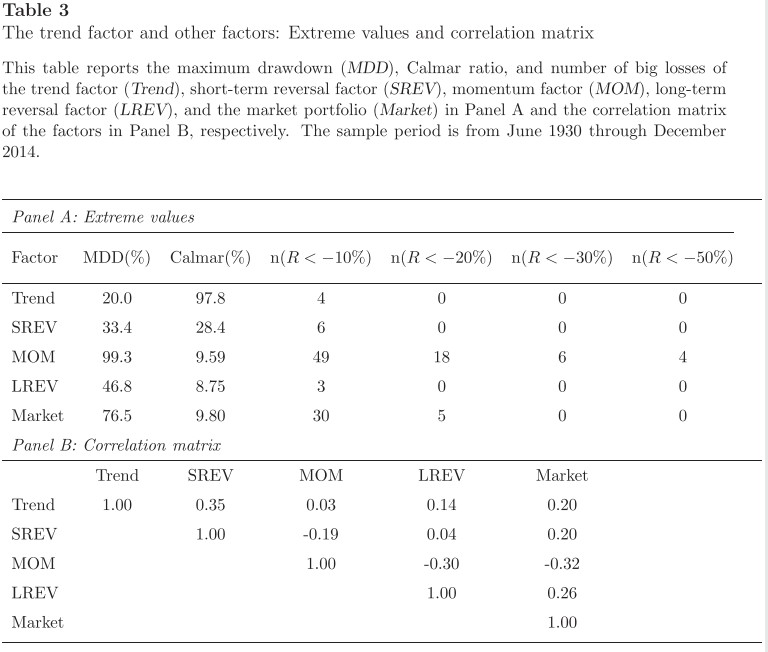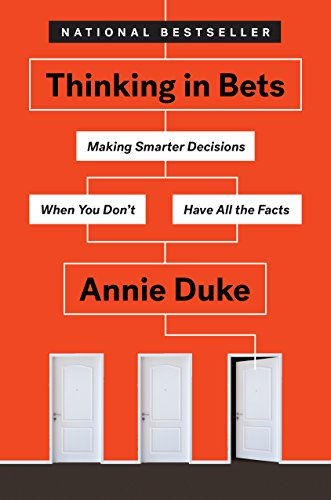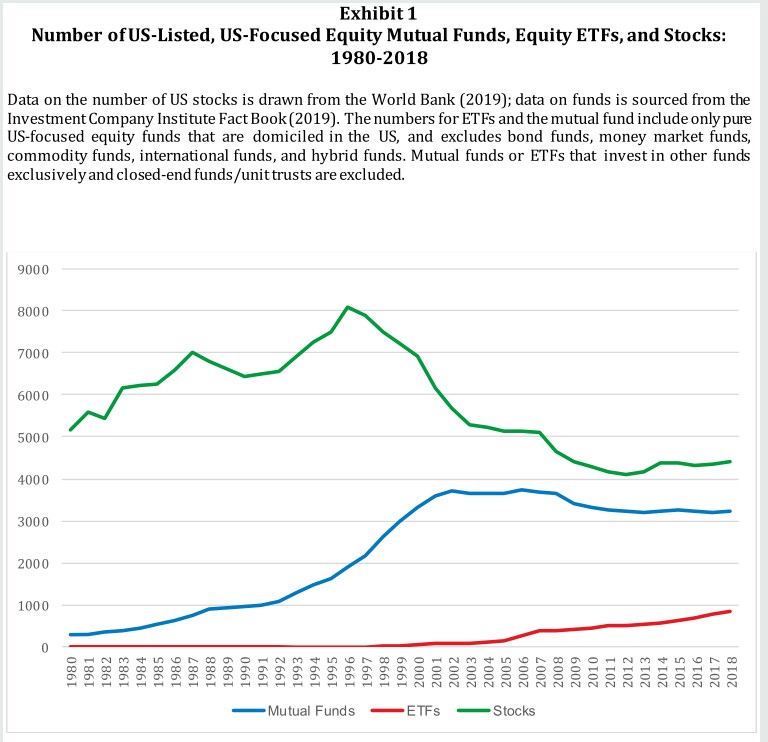Authors Darren 🥚 🐣 🕊️
"Creativity comes from a desire to solve a problem and serve someone else.
"The practice of creativity is a choice. It is not the means to the output: it *is* the output, because the practice is all we can control." (p. 3)
https://t.co/3UL6WE918e
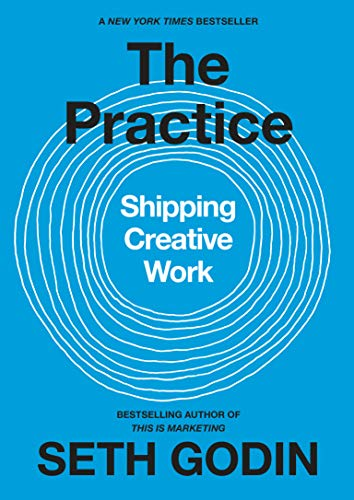
2/ "For important work, the instructions are always insufficient. There is no guarantee. It's about starting, not finishing; improving, not being perfect.
"No one learns to ride a bike from a manual. And no one learns to draw an own that way, either." (p. 14)
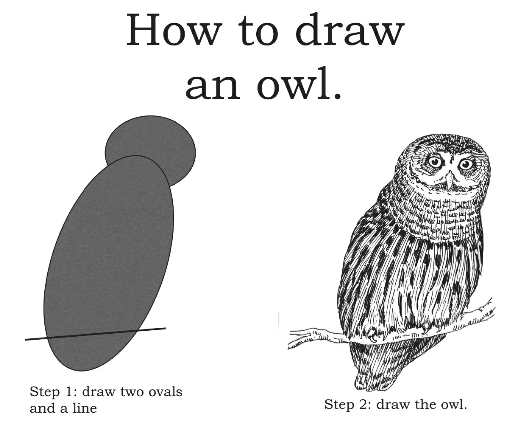
3/ "Your work is too important to be left to how you feel today.
"Committing to an action can change how we feel.
"If you want to change your story, change your actions. Our mind can't help but rework our narrative to make those actions coherent. We become what we do." (p. 18)
4/ "Annie Duke, former world champion of poker, teaches us that there’s a huge gap between a good decision and a good outcome.
"Reassurance is futile—focusing on outcomes at the expense of process is a shortcut that will destroy your work." (p.
1/ Thinking in Bets: Making Smarter Decisions When You Don't Have All the Facts (Annie Duke)
— Darren \U0001f95a \U0001f423 \U0001f54a\ufe0f (@ReformedTrader) September 5, 2020
Thread
"World-class poker players taught me to understand what a bet really is: a decision about an uncertain future."https://t.co/Nr2zCrVve3 pic.twitter.com/nGwxvQ8WFE
5/ "Confidence the feeling we get when we imagine we have control over outcomes. Every pro athlete is confident, but half of them lose. Requiring control over external events is a recipe for frustration.
"If you need a guarantee you’re going to win, you’ll never start." (p. 29)
"A trend factor using multiple time lengths outperforms ST reversal, momentum, and LT reversal, which are based on the three price trends separately."
https://t.co/udkvsdw2Lz
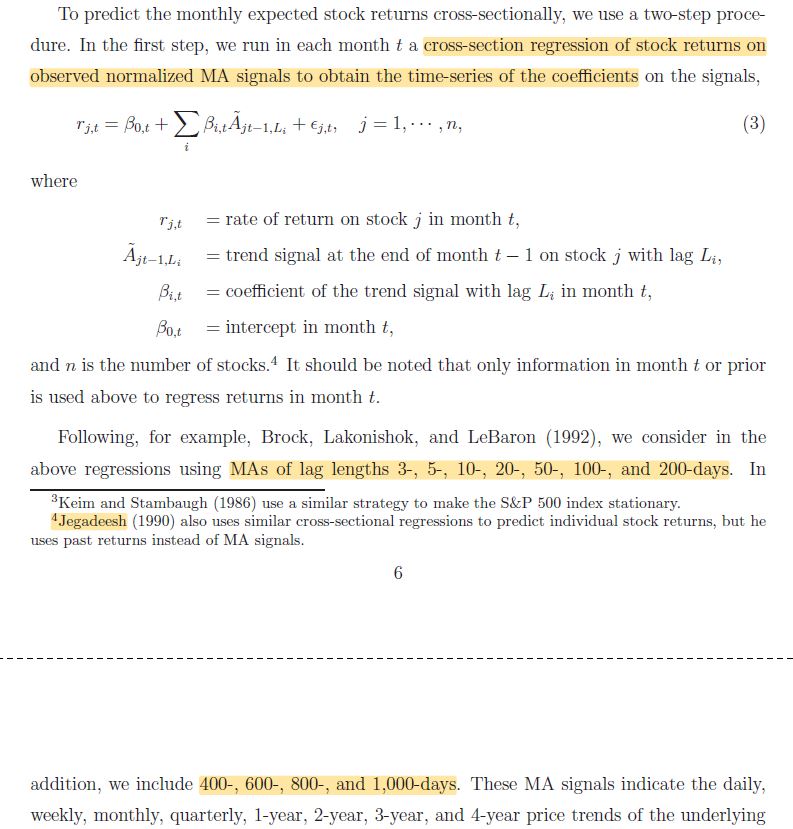
2/ This resembles combining multiple measures of ST reversal, momentum, and LT reversal (forecasts determined by walking forward rather than using signs from the full sample).
Unlike normal moving average signals, these are *cross-sectional.* More below:
https://t.co/wkIFLg9jtK
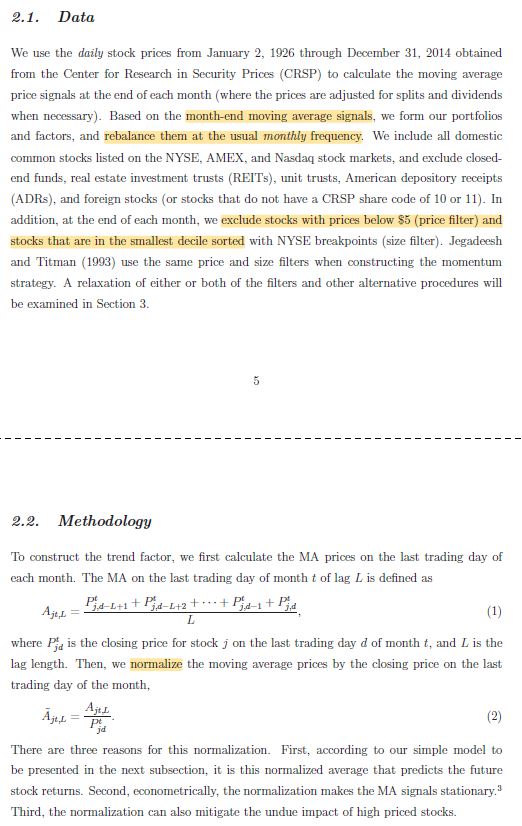
1/ Cross-Sectional and Time-Series Tests of Return Predictability: What Is the Difference? (Goyal, Jegadeesh)
— Darren \U0001f95a (@ReformedTrader) June 18, 2019
"The difference between the performances of TS and CS strategies is largely due to a time-varying net-long investment in risky assets."https://t.co/CSIn3ujN2R pic.twitter.com/XHnVmIart4
3/ Unsurprisingly, the Trend factor formed by this approach outperforms benchmarks in terms of both Sharpe ratio and tail metrics. It's combining momentum with two factors that are negatively correlated to it AND using multiple specifications.
More here:
https://t.co/x8Tloz3iyL
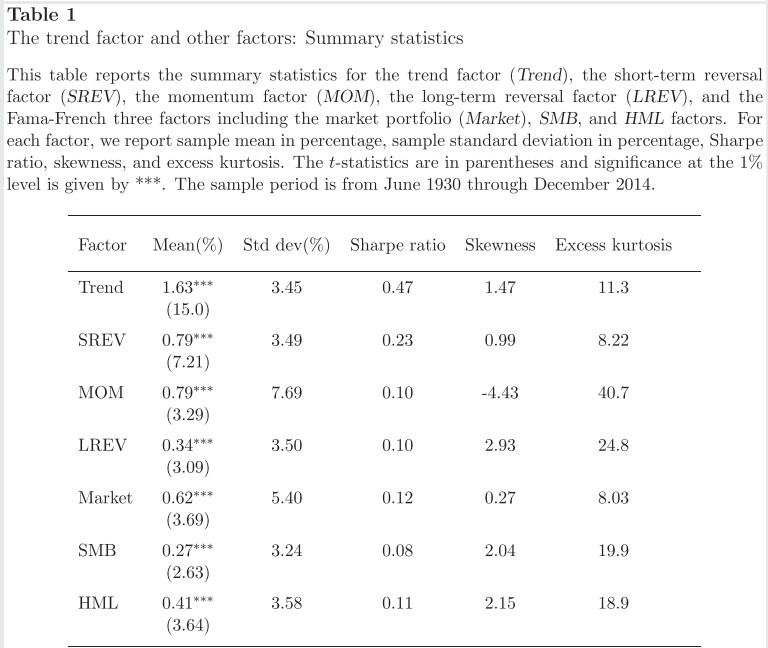
1/ An Executive Summary (in Tweet form) of our new paper
— Adam Butler (@GestaltU) March 27, 2019
Dual Momentum \u2013 A Craftsman\u2019s Perspective
Download here: https://t.co/Y9GlGNohBg
Everything that follows in this thread is based on HYPOTHETICAL AND SIMULATED RESULTS. pic.twitter.com/9m5YJnTdtq
4/ "Average return and volatility of the trend factor are both higher in recession periods. However, the Sharpe ratio is virtually the same.
"Interestingly, all of the factors still have positive average returns.
"Momentum experiences the greatest increase in volatility."

5/ "In terms of maximum drawdown and the Calmar ratio, the trend factor performs the best.
"The trend factor is correlated with the short-term reversal factor (35%), long-term reversal factor (14%), and the market (20%) but is virtually uncorrelated with the momentum factor."
